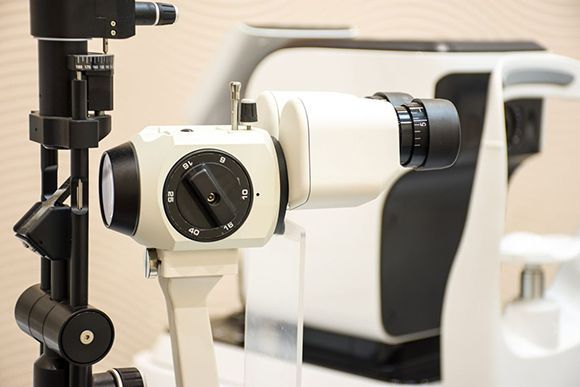Diabetic Eye Disease Treatment

If you have diabetes mellitus, your body does not use and store sugar properly. High blood sugar levels can damage blood vessels in the retina, the nerve layer at the back of the eye that senses light and helps to send images to the brain. The damage to retinal vessels is referred to as diabetic retinopathy. There are two types of diabetic retinopathy: non-proliferative diabetic retinopathy (NPDR) and proliferative diabetic retinopathy (PDR). Request an appointment with Munster Eye Care Associates, P.C. in Munster, IN, today.
NON-PROLIFERATIVE DIABETIC RETINOPATHY (NPDR)
NPDR, commonly known as background retinopathy, is an early stage of diabetic retinopathy. In this stage, tiny blood vessels within the retina leak blood or fluid. The leaking fluid causes the retina to swell or to form deposits called exudates.

PROLIFERATIVE DIABETIC RETINOPATHY (PDR)
PDR is present when abnormal new vessels (neovascularization) begin growing on the surface of the retina or optic nerve. The main cause of PDR is the widespread closure of retinal blood vessels, preventing adequate blood flow. The retina responds by growing new blood vessels to supply blood to the area where the original vessels closed. Unfortunately, the new abnormal blood vessels do not resupply the retina with normal blood flow. The new vessels are often accompanied by scar tissue that may cause wrinkling or detachment of the retina. PDR may cause more severe vision loss than NPDR because it can affect central and peripheral vision.
BUSINESS HOURS:
Monday: 9:00 am - 5:00 pm
Tuesday: 8:00 am - 5:00 pm
Wednesday: 8:00 am - 5:00 pm
Thursday: 8:00 am - 12:00 pm
Friday: 8:00 am - 3:30 pm
Saturday - Sunday: Closed
CONTACT US TODAY
BUSINESS HOURS:
Monday: 9:00 am - 5:00 pm
Tuesday: 8:00 am - 5:00 pm
Wednesday: 8:00 am - 5:00 pm
Thursday: 8:00 am - 12:00 pm
Friday: 8:00 am - 3:30 pm
Saturday - Sunday: Closed
CONTACT US TODAY
At Munster Eye Care, we are dedicated to providing exceptional eye care services to patients in Munster, Indiana, Dyer, Indiana, Highland, Indiana, Hammond, Indiana, Griffith, Indiana, and the surrounding cities. With our team of experienced eye doctors and state-of-the-art facility, we strive to ensure that every patient receives personalized and comprehensive care.








